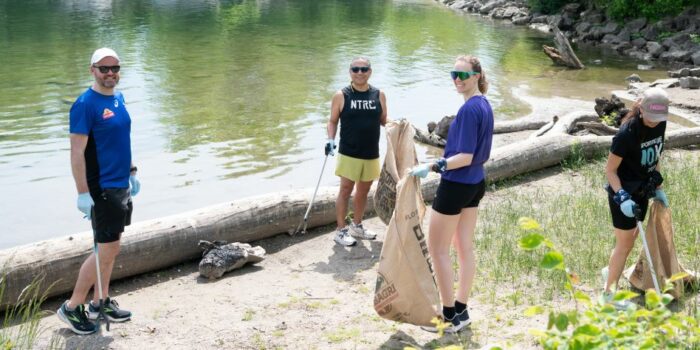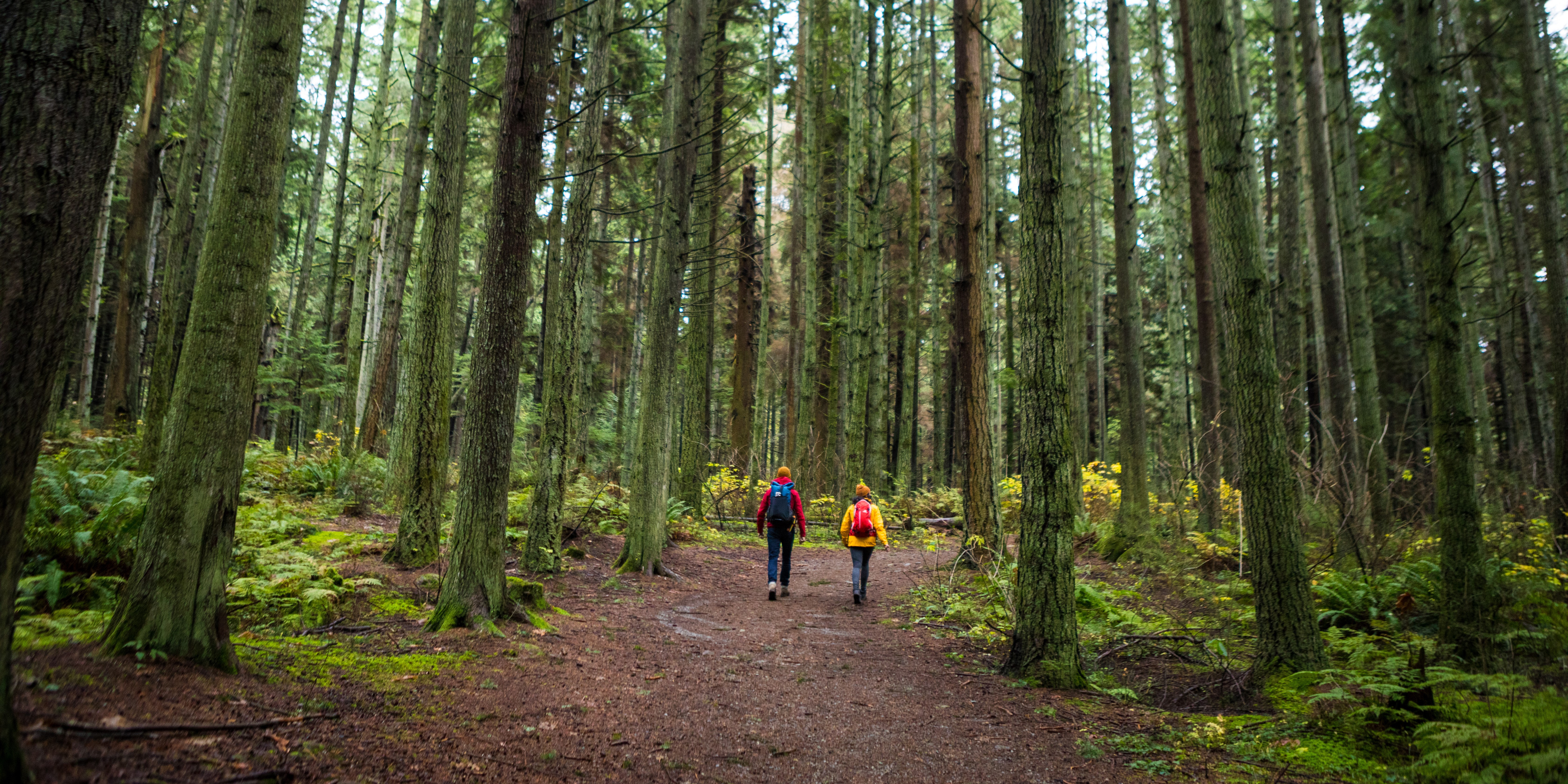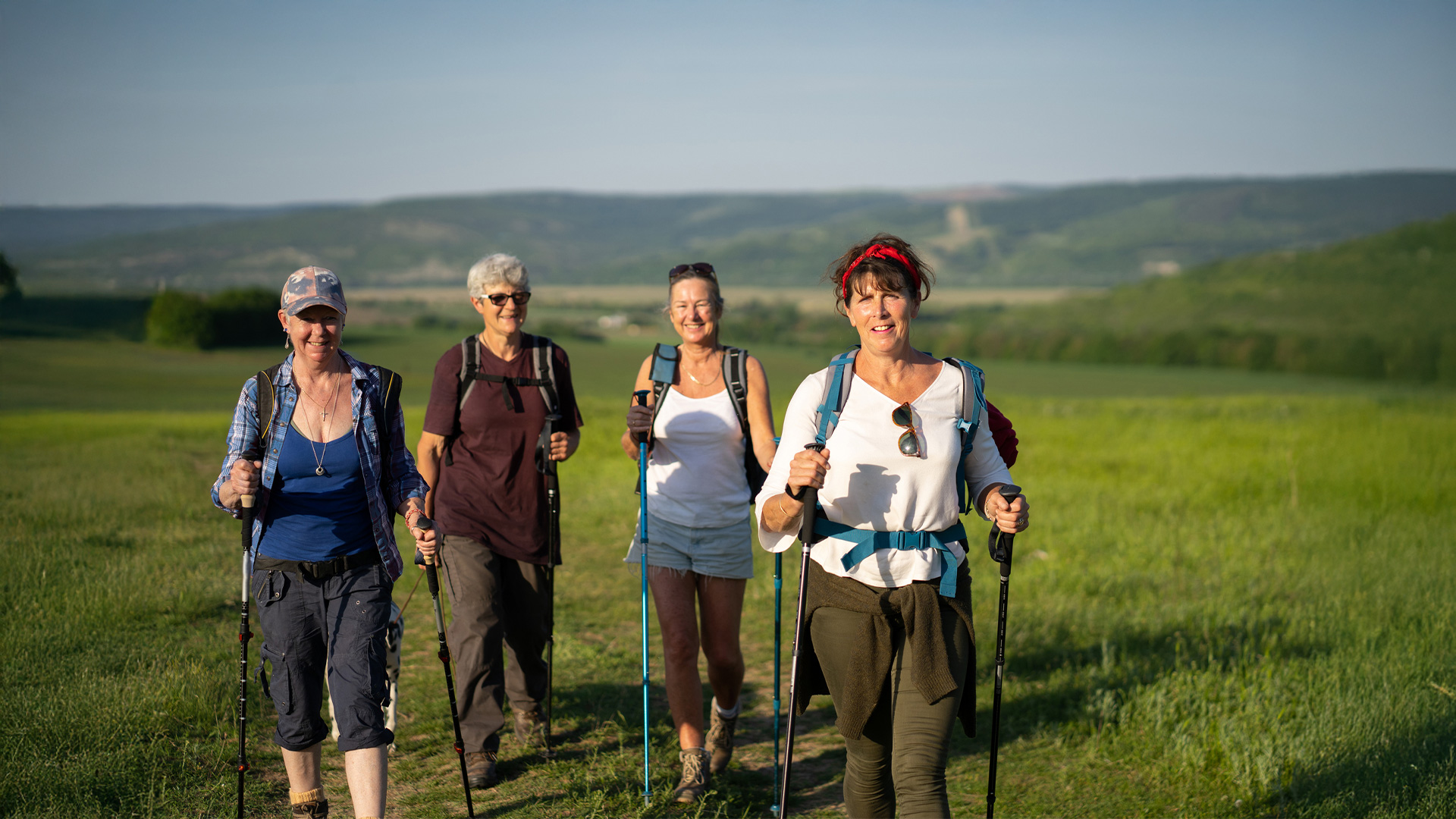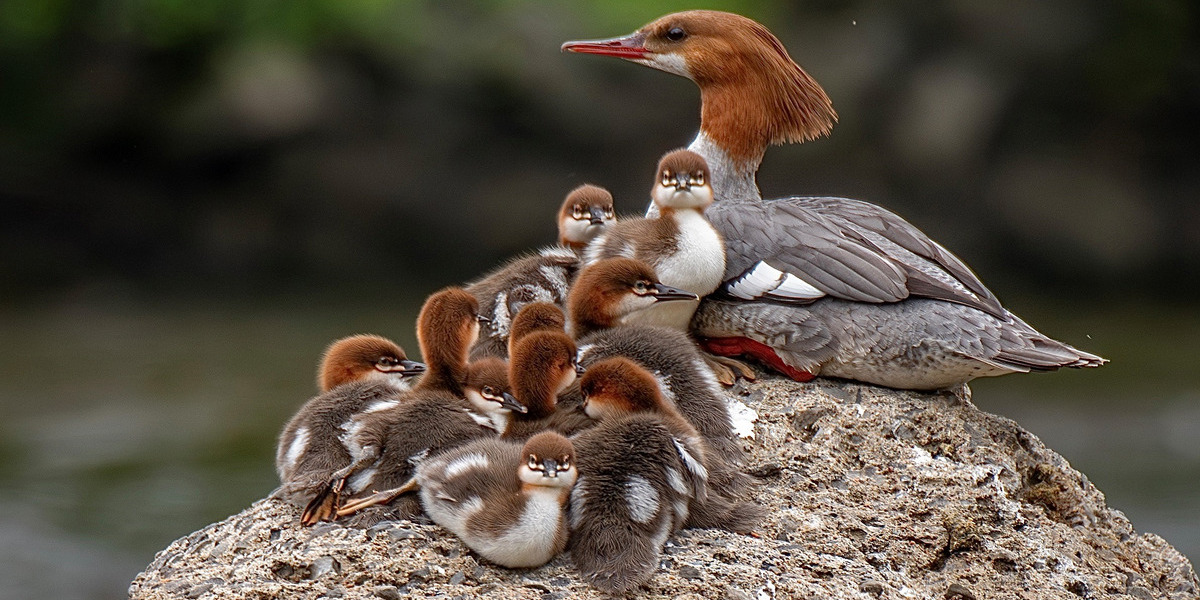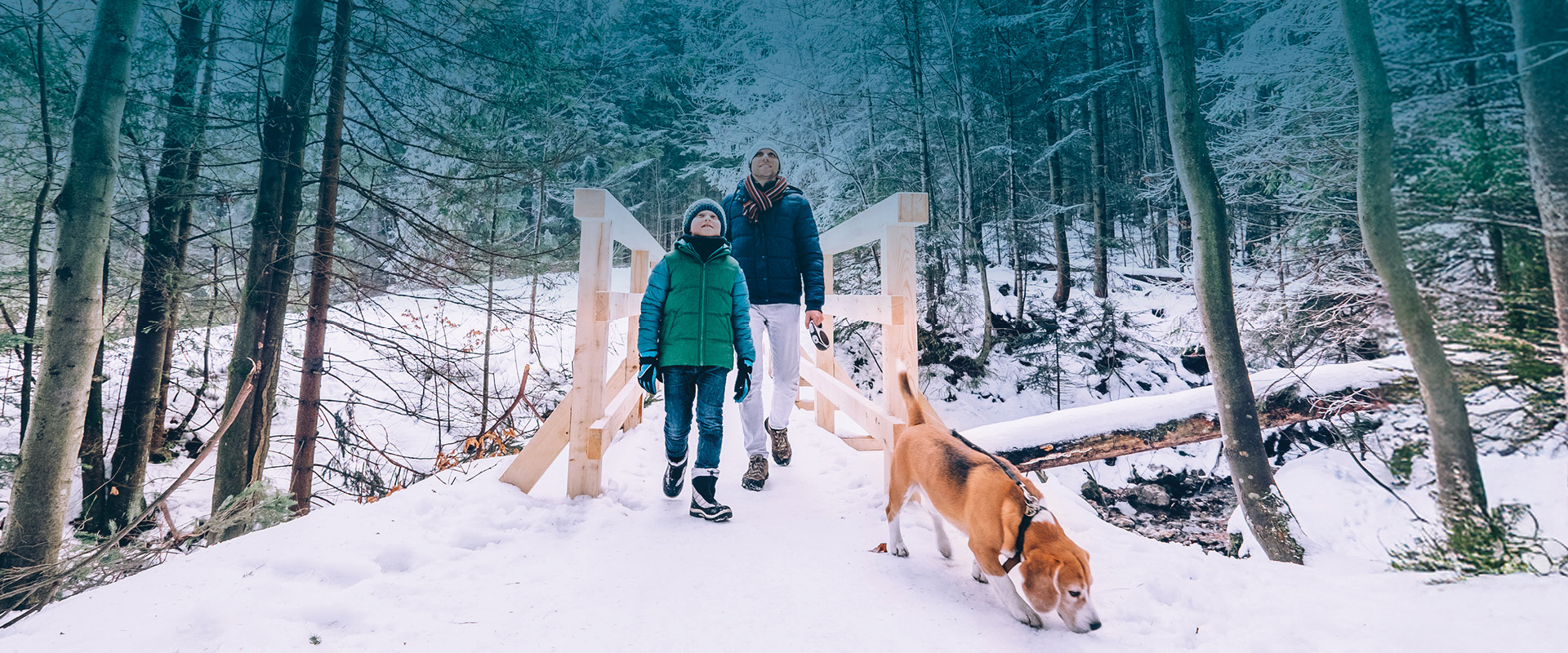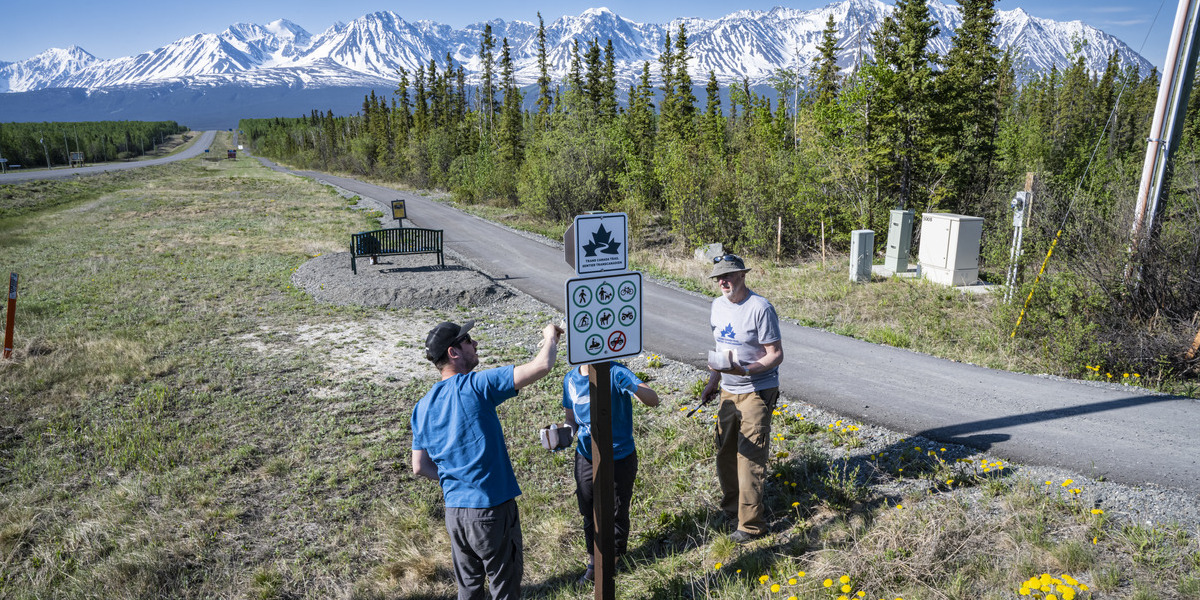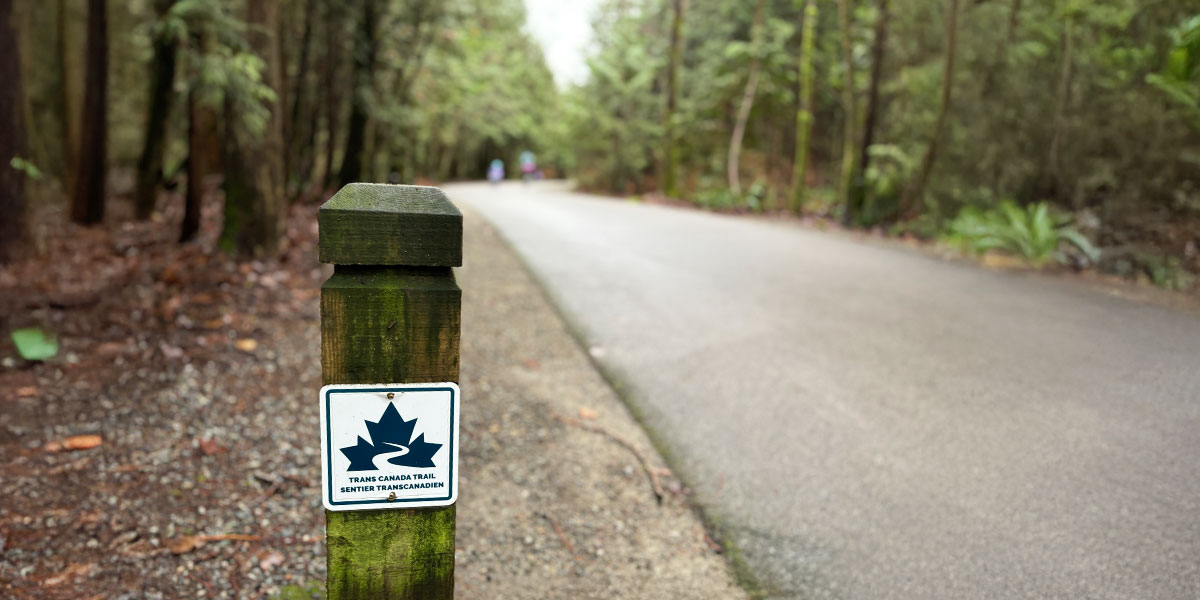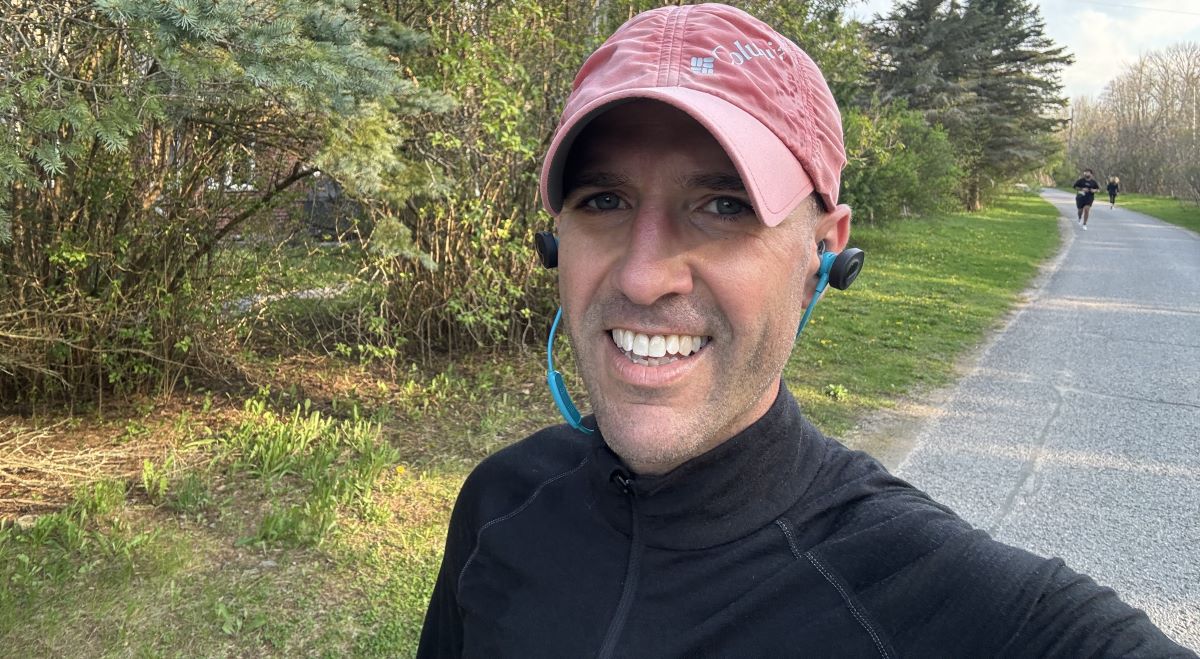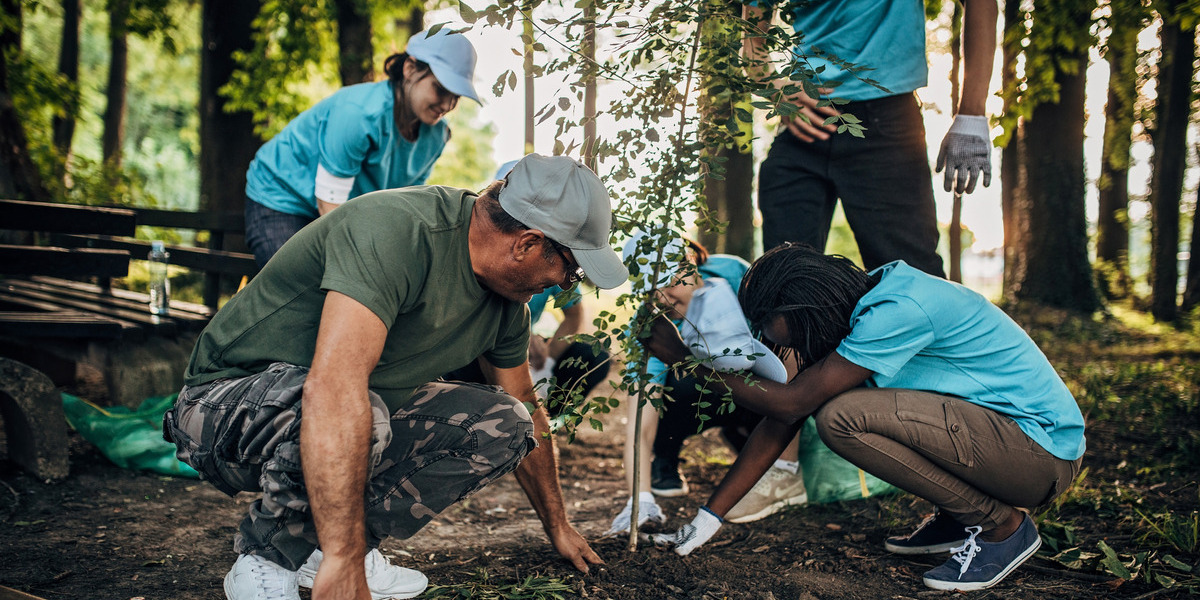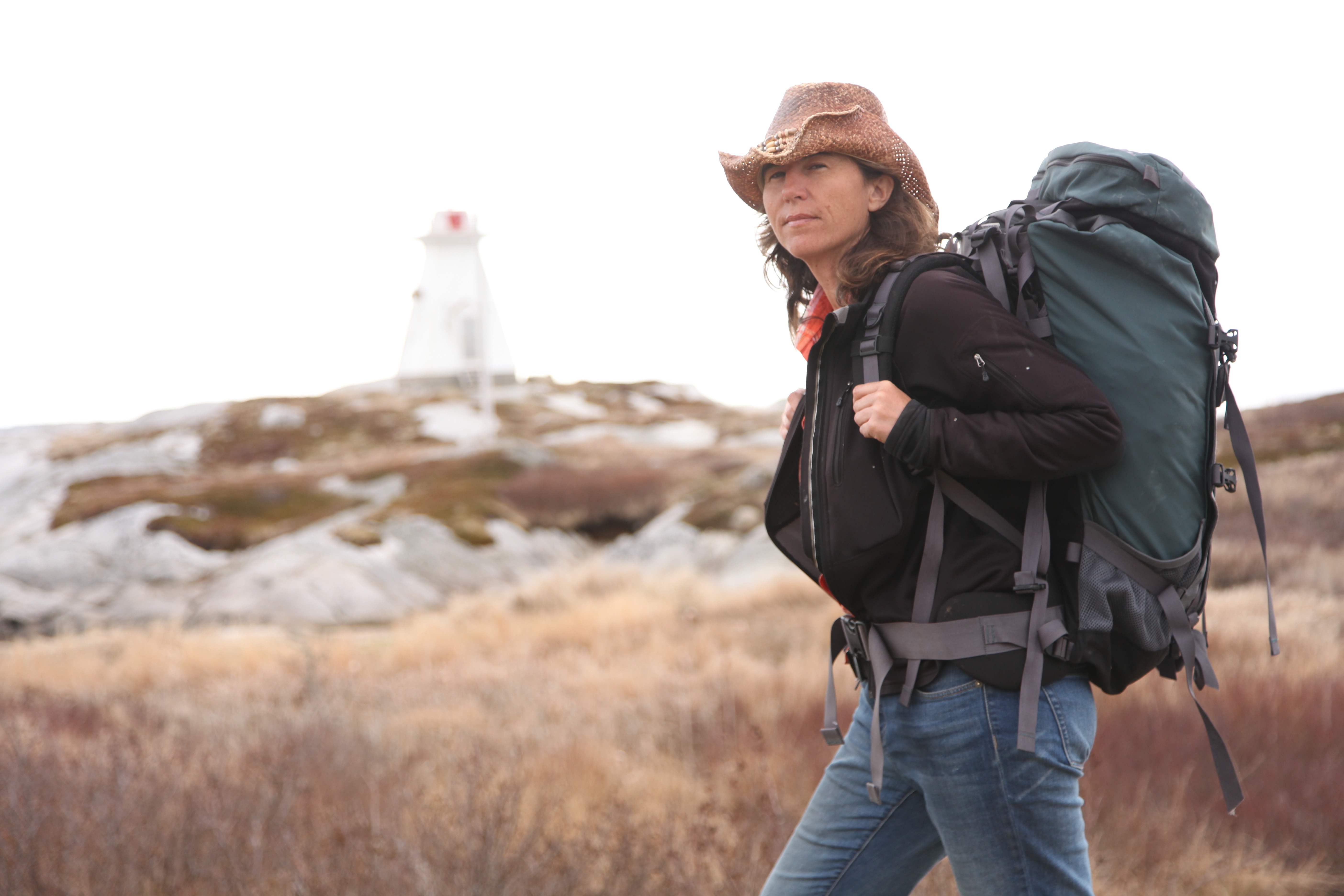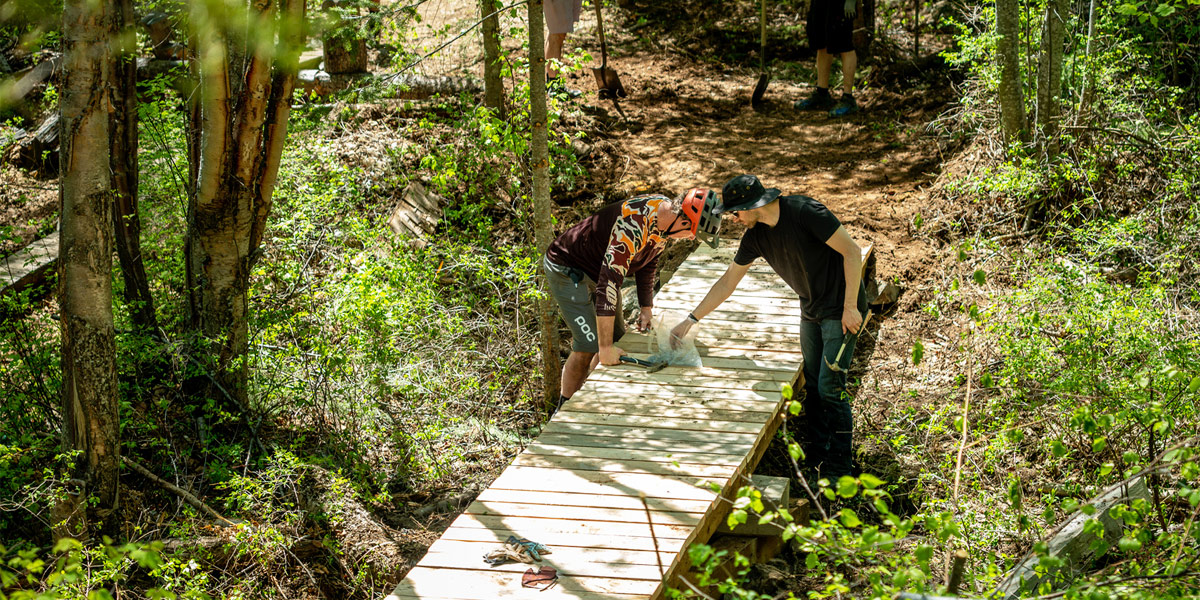5 Essential Photography Tips from Storm Chaser Mark Robinson
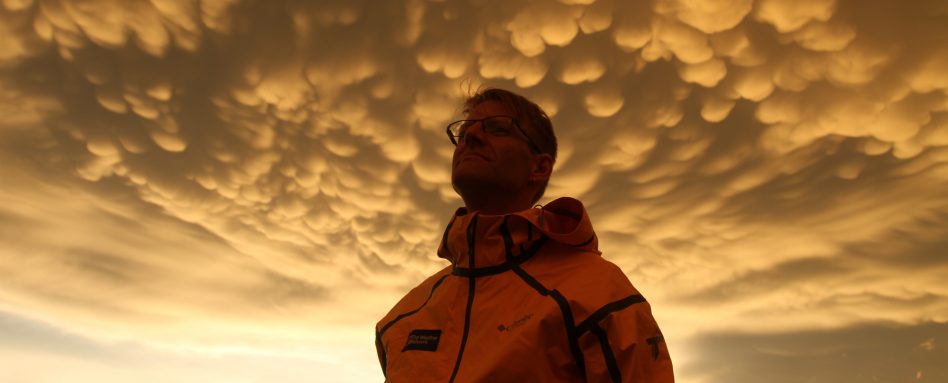
It’s no secret, The Great Trail is as big and as awesome as Canada, and there are so many different landscapes to discover. Translation? There are tons of opportunities to capture images of how the Trail resonates with you.
This is why Trans Canada Trail (TCT) teamed up with The Weather Network’s Mark Robinson to find out the secrets to taking that perfect shot in the midst of a storm.
Read on to discover essential photography tips for any adventurous storm chaser!
Who is Mark?
Meteorologist Mark Robinson has been stormchasing since 2000, providing on-the-ground reports for The Weather Network. Although he finds himself in many wild weather situations, as an experienced chaser he knows the risks of pursuing active weather and puts safety first. He was the first on The Weather Network to stream live videos of a tornado, avalanches and hurricanes.
Mark has intercepted 16 hurricanes and over 60 tornadoes across North America, taking countless photos and videos along the way. He jumps at the chance to head to Tornado Alley in the United States during the height of tornado season.
Mark’s most memorable experiences include reporting the devastation moments after a tornado touched down in Moore, Oklahoma, and reporting from the most destructive hurricane in US history: Katrina. In May 2016, Mark was among the first on the ground photographing the Fort McMurray wildfires, as well as a powerful tornado near Windsor, Ontario, later that summer.
Unsurprisingly, Mark is a world traveller and adventurer, having been to the Arctic, visiting isolated Greenland and touching the southern hemisphere on Antarctica. He’s always looking for his next escapade and has no plans of slowing down anytime soon.
In 2015, Mark was named a Fellow of the Royal Canadian Geographical Society, and formed part of the panel of judges selected for ‘A Moment on The Great Trail’ photo contest in 2017, hosted by Trans Canada Trail and The Weather Network.
Mark’s Tips for Shooting When No Person in Their Right Mind Would Be Outside.
Shooting in severe weather conditions can make a horrible mess of your electronic gear. So, get yourself something to protect the camera from the elements. Even something as simple as a plastic bag will help, but there are commercial rain covers that you can get from most camera stores.

Cameras can be replaced, fingers can’t. Shooting in severe weather conditions means that you will need to ensure that you are comfortable and safe. Winter means coats, summer means sunscreen. Think carefully about the conditions that you’ll be going out in and dress accordingly.

Shooting thunderstorms means that you will likely encounter rain at some point. While the rest of the camera should be protected, the glass on your lens won’t be. That means prepping with cleaning products is crucial. I use a lens rag sealed in a plastic Ziploc type bag to ensure it stays as dry as possible until I need it.

Chasing storms is fun and you can get some of the most dramatic shots possible in photography, but it’s difficult and dangerous. Shooting in the winter is easier, but you need to know where the best part of the storm will be. Volcanoes don’t move, but poisonous gases around it can kill you. Learn everything you can before you head out.

Just because you’ve got a tornado in the viewfinder, that doesn’t mean that you’ve got a great shot. The best shots tell a story. Can you get that farmhouse into the shot so that you can see that the tornado just missed it? Can you get that ship crashing through the waves in the midst of the storm? Try to get that one extra element into the shot so that your viewer lingers just a bit longer to figure out what’s really going on.

You know how it is…just another day at the office.


